Framework Overview
Introduction to the Vyuh Framework
Section titled “Introduction to the Vyuh Framework”The Vyuh React feature system is a comprehensive framework for building dynamic, content-driven applications. It provides a structured approach to defining content, layouts, actions, and conditions, allowing you to create rich, interactive experiences with minimal code.
This overview introduces the core elements of the framework and how they work together.
Core Elements
Section titled “Core Elements”Content Blocks
Section titled “Content Blocks”Content blocks are the fundamental building blocks of your application. They define the structure and data of your UI components, such as cards, groups, and routes.
Route is a special type of content block that acts as a container as well, which hosts a set of content blocks.
Routes are typically used as pages in your application, organizing other content blocks into regions. Typical regions in your pages could be body, header, footer, etc.
Content blocks are composable, allowing you to build complex UIs from simple components. Each content block can have its own layout, actions, and conditions, making them highly flexible and reusable.
Learn more about Content Blocks →
Layouts
Section titled “Layouts”Layouts control the visual presentation of content blocks. They separate the content structure from its visual representation, allowing you to change how content appears without modifying the underlying data.
A key feature of the layout system is that content blocks can have multiple layouts assigned, but only the first one is picked for rendering. This makes it easy to switch between different visual presentations for rapid prototyping and testing.
Actions
Section titled “Actions”Actions define what happens when users interact with content blocks. They enable interactivity by connecting user events (like clicks) to operations such as navigation, data submission, or UI updates.
Actions can contain multiple operations that execute in sequence, allowing you to create complex workflows from a single user interaction. They can also be conditional, executing different operations based on the current state of your application.
Conditions
Section titled “Conditions”Conditions allow your application to make decisions based on various factors such as user state, device characteristics, or custom logic. They enable dynamic, context-aware content and interactions.
Conditions are used to show or hide content, enable or disable features, and customize user experiences based on specific criteria. They can be combined with content blocks, layouts, and actions to create highly adaptive UIs.
How They Work Together
Section titled “How They Work Together”The power of the Vyuh framework comes from how these elements work together:
- Content Blocks define what to show
- Layouts define how to show it
- Actions define what happens when users interact with it
- Conditions define when and where to show it
This separation of concerns makes your code more maintainable and your application more flexible. For example:
- Content creators can focus on content without worrying about presentation
- Designers can iterate on layouts without changing content
- Developers can implement new actions without modifying existing content
- Product managers can use conditions to implement feature flags and A/B testing

